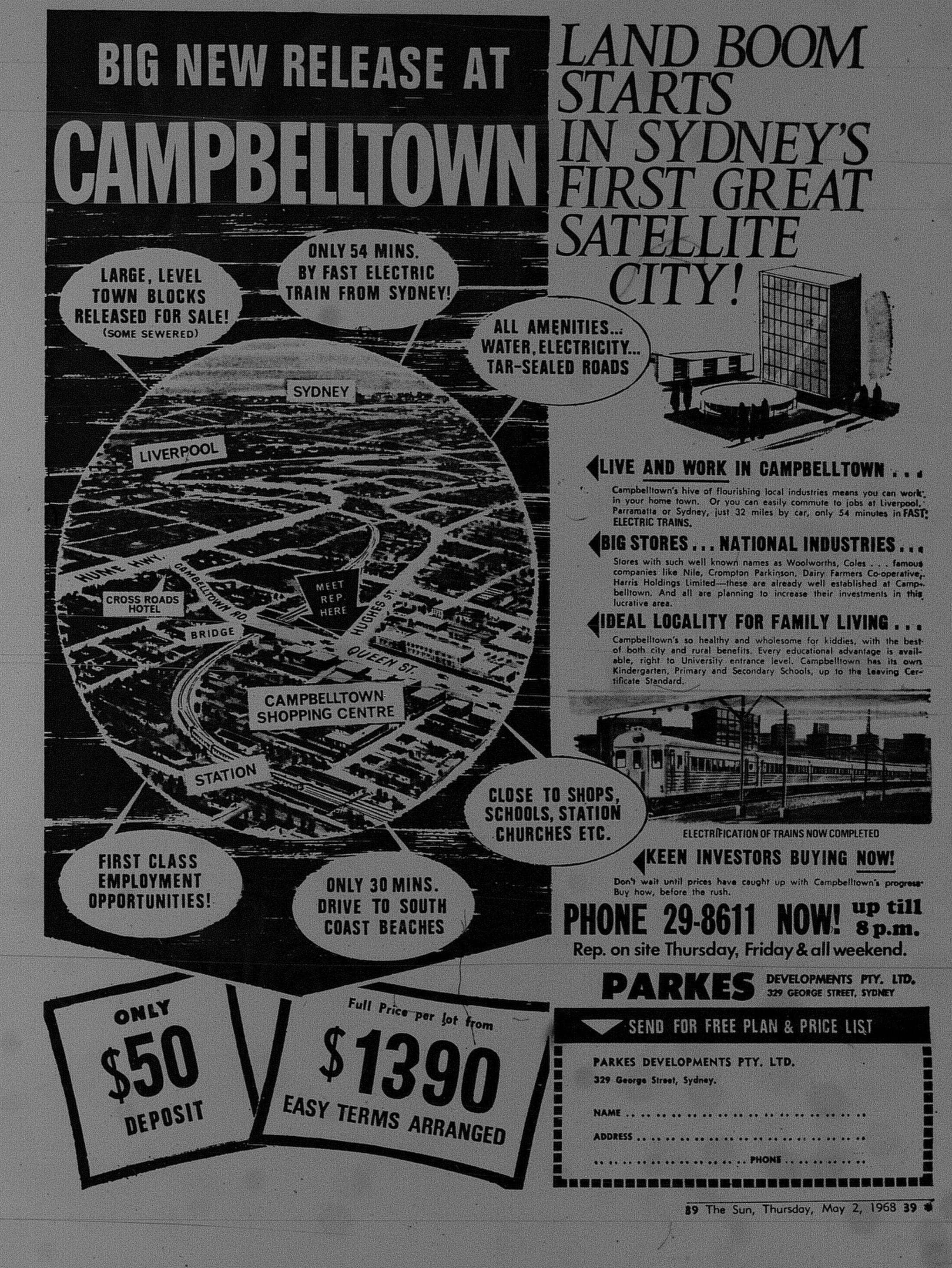 |
| Above: The decline in the circulation of afternoon newspapers in Australia at the time of the demise of The Sun in 1988. |
Image sourced from: Wright, L. 1988. "Death in the afternoon: the slow slide of the tabloid daily". The Sydney Morning Herald, March 15: 6 . In 2015, I published an entry on the arrival of Sydney's first 24 hour newspaper - The Daily Telegraph Mirror (reverted to The Daily Telegraph in 1996) which was formed by the merger of two newspapers - The Daily Telegraph and The Daily Mirror in 1990.
Both titles were published by News Limited. The Daily Telegraph was a morning newspaper while The Daily Mirror was published in the afternoon.
For decades the main competitor for The Daily Mirror each afternoon was The Sun, published by Fairfax. There was intense competition between the two titles. It must be noted that The Daily Mirror was owned by Fairfax between 1958 and 1960 giving Fairfax a monopoly in the afternoon newspaper market.
When Rupert Murdoch acquired The Daily Mirror in 1960, he implemented changes to the format of the paper. It adopted a more sensationalist approach to reporting and circulation increased. The Sun was forced to compete. At the time of its closure, The Daily Mirror was outselling The Sun by 50 000 copies per day. The Sun also made changes in the 1980's to attract readers and differentiate the product from its competitor which was not successful. It also charged a higher cover price of forty cents and like The Sydney Morning Herald in this past decade, reduced the number of pages in the newspaper.
As I noted in my 2015 entry, afternoon newspapers were faced with increasing challenges including:
- Rise of travel by motor car as opposed to public transport.
- Rise of television news which allowed viewers to watch events "live".
And as I pointed out in my 2015 entry, Rupert Murdoch's decision to merge The Daily Telegraph and The Daily Mirror reflected preferences by advertisers to advertise in morning newspapers, which allowed for exposure at all times of the day. Afternoon newspapers could not generate the "rivers of gold" that newspapers once received.
Sydney was also unique in the 1980's in that it was one of several cities globally that boasted of having two afternoon newspapers to serve its population. It was becoming unfeasible to provide two afternoon newspapers.
Those reasons along with mounting losses of $20 million per year were therefore behind the closure of The Sun in March 1988. It was the second evening newspaper in Australia to succumb to changing times in that year. The Telegraph in Brisbane had ceased circulation several weeks earlier.
The Sun published its last edition on the day that Fairfax announced that it was ceasing publication - March 14 1988. Below is the front page from the last day along with accompanying article. Staff were asked to produce one final edition the following day. They refused. 500 people lost their jobs.
Note that the other major article on Page 1 was the publication of a photo of two victims from the Luna Park Ghost Train fire of 1979 that was taken hours before they died. The photo taken by their mother, shows her two sons posting for a photo with a person dressed as a witchdoctor that was participating in a parade at Circular Quay. A colour version can be obtained online.

The Reaction
Rival papers were saddened by the departure of The Sun but had conceded that the newspaper had to close given the financial situation encountered by the paper. It had even survived for longer than it was meant to. Below are two feature articles from The Daily Telegraph and The Sun. Both features were published in their March 15, 1988 editions.
The Daily Telegraph mentioned that editor John Benaud had suggested that The Sun could have become an upmarket morning newspaper. The Daily Mirror published an editorial which despite their regrets of the closure of The Sun, claimed victory in the afternoon newspaper wars.
The Sydney Morning Herald provided special coverage in its edition of March 15 1988. It reinforced the coverage provided by The Sun. It reported on the reaction to the announcement by the now former employees of the newspaper. Former editor Derryn Hinch conceded that the newspaper could not compete against The Daily Mirror, and needed to focus on quality journalism like he emphasized when he was editor in 1976-1977.






















